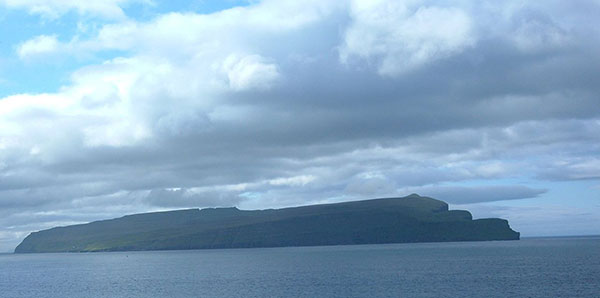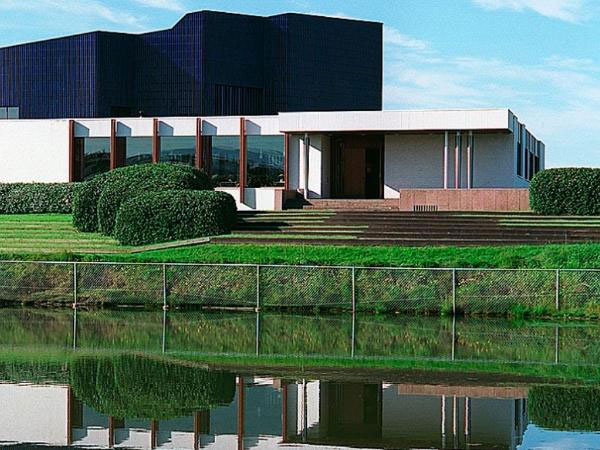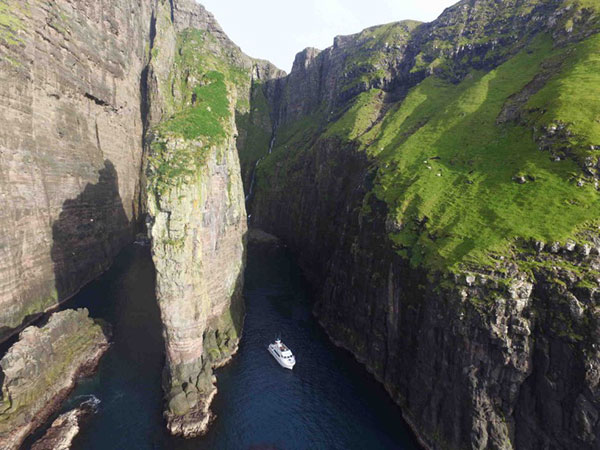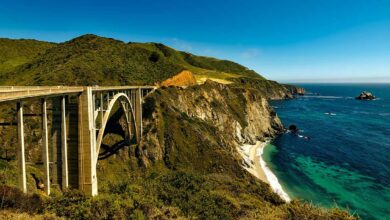The Ultimate Guide to Faroe Island, Denmark
Faroe Island, Denmark
In the North Atlantic Ocean, small islands with jagged peaks and vertiginous cliffs elevate from the water. Sea stacks and black sandy beaches fringe the coast, while steep mountains stretch across the length of the Faroe Islands.
These are the Faroe Islands, a self-governing territory of Denmark. The 18 islands lie at the intersections of Iceland, Scotland, and Norway, and like their neighbours, the Faroe Islands tick all the boxes for an impeccable tourist destination: World-class hiking, abundant nature, and deeply rooted traditions. Plus, the welkins exhibit the Northern Lights or aurora borealis every winter.
Table of Contents
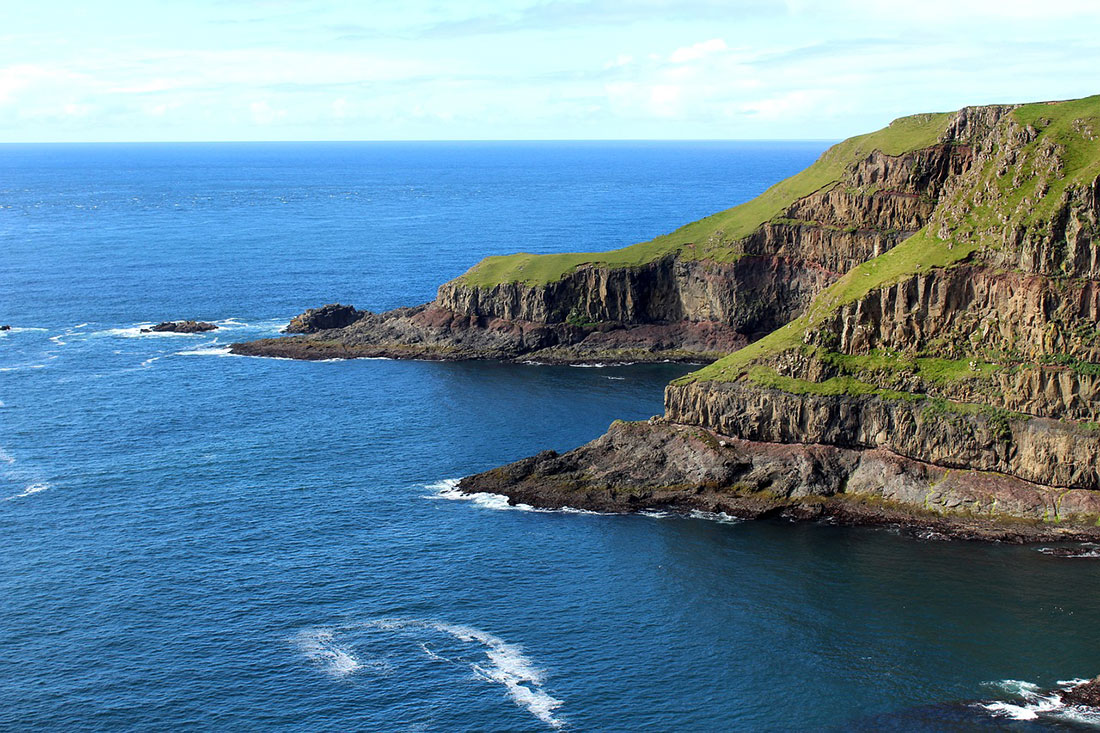
Exact Location of Faroe Island
Faroe Island is a north Atlantic island located 320km north-west of Scotland, and about halfway between Norway and Iceland.
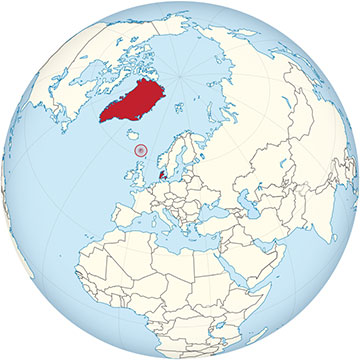
➢ The circled part represents Faroe Island amidst Denmark and Greenland
Population
The population is 50,322. Moreover, it’s scattered over 17 of the islands, although 40% live in Tórshavn (capital of Faroe Island).
➢ The total area of Faroe Island is about 1,400 square kilometers.
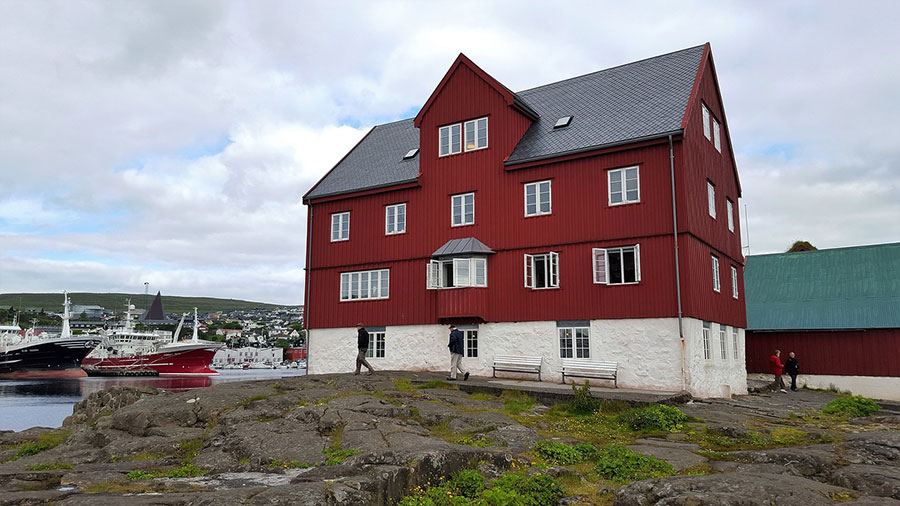
The colourful vista of Tórshavn’s (capital of Faroe Island) vibrant harbour
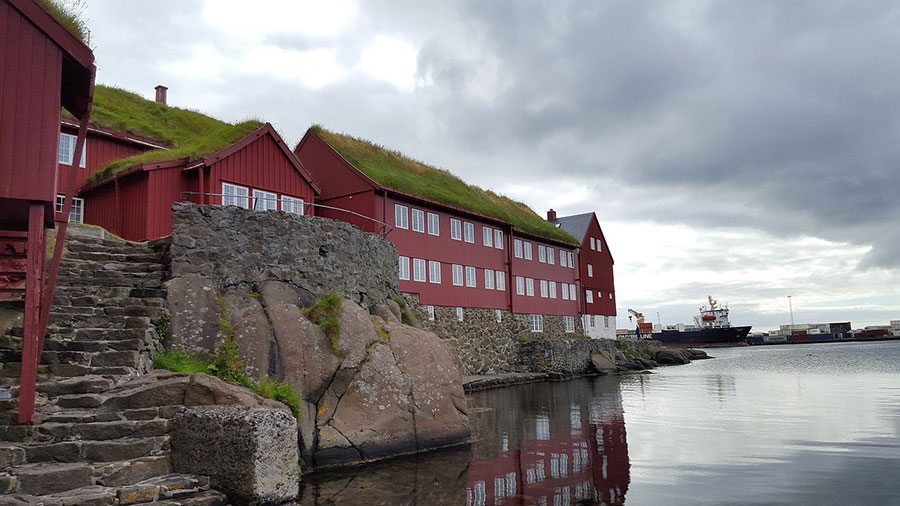
Torshavn – silver sea
National Anthem
Anthem: Tu alfagra land mitt
Translation: Thou, my most beauteous land
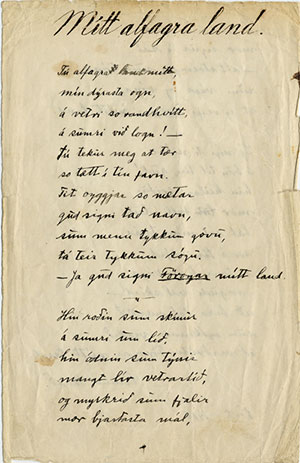
Geographical features
➢ Climate
| Months | High | Low |
| January | 6° | 2° |
| February | 6° | 2° |
| March | 6° | 2° |
| April | 7° | 3° |
| May | 9° | 5° |
| June | 11° | 7° |
| July | 13° | 9° |
| August | 13° | 9° |
| September | 12° | 8° |
| October | 9° | 6° |
| November | 7° | 3° |
| December | 6° | 2° |
Demographics
➢ Language: Faroese, Danish. It is a Nordic language. Faroe island means sheep island.
➢ Religion: Church of the Faroe Island
10 astonishing facts about Faroe Island
- It’s home to around 50,000 people and 80,000 sheep.
- In the Faroe Islands, it rains up to 300 days of the year.
- You’re never more than 5km away from the ocean.
- There are no prisons, and criminals get sent to Denmark.
- 2012 saw the islands’ first murder case in almost 30 years.
- Fishing makes up 95% of the country’s exports.
- There are 3 traffic lights in the whole nation.
- Only a few vegetables can grow here: Rhubarbs, potatoes, turnips, and kohlrabi.
- It’s one of the only countries in Europe to have no McDonalds.
- The Faroe Islands’ unemployment rate is only 2.2 percent – one of the best rates in the world.
Here is a list of restaurants which serves you the most delicious food, if you visit this Island
- Ræst
- Áarstova
- Barbara Fishhouse
- Frumbiti Restaurant
- Fríða Kaffihús
- City Burger
- Angus Steakhouse
- Toscana
- Kafe Umami
- THE TARV Grillhouse
- Fútastova
- Irish Pub Torshavn
- hvonn brasserie
- Pizza 67
- Matstovan i Porkeri
- Muntra
- Kafé Kaspar
Business and Trading in Faroese
- Aquaculture (Sustainable fisheries)– Due to the perfect geographical location of Faroe Island, it’s renowned for the production of salmons. Wild Atlantic Salmons find the natural feeding grounds in the surroundings of Faroe Islands. Uniquely, the vital part of the Faroese economy is the farmed salmons. Bakkafrost, Hiddenfjord and Marine Harvest Faroes are the three main fish-farming industries in Faroe Island.
- Creative industries- It is often said that nature is a teacher and an inspiration to artists. The Faroese are well connected to the rest of the world and constantly embrace new trends while learning at the same time each day how better to share their unique creativity and culture with the rest of the world.
- Green energy- Faroe Islands is one of the world’s leading nations in producing sustainable electricity with over 50% of the nation’s electricity. The remains of fossil fuels are the main source of electricity and drive transport sector. As well as, there is great potential in the Faroe Islands for the exploitation of renewable energy: hydropower, wind and tidal power. Moreover, A brand new wind-farm has been a major step towards becoming green
- Oil exploration- First oil exploration is held in 2001. No oil discovery has yet been made, but expectations of financial gain from oil exploration are still high.
- Tourism- An important new player in the Faroese economy is the tourism industry. The Faroe Islands are rated among the top 111 destinations with the verdict “Authentic, unspoiled, and likely to remain so.” Furthermore, the government has taken many steps to increase tourism in this majestic piece of land.
- Music: Within music, the Faroe Islands’ music scene is buzzing and artists and creators across all genres are delivering performances and recordings to a foreign audience.
People of Faroese have a deep respect for the oceans and the environment.
Places and their famous activities:
Funningur – famous for hiking
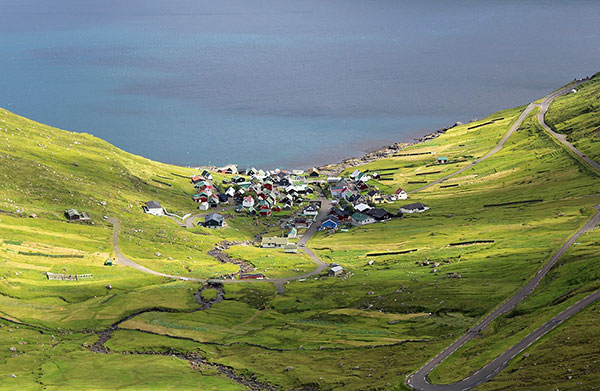
Hoyvik / The Nordik house – famous for museum, concert, architecture, and music
Vestmanna – known for cliffs and camping
Hvalba – famous for mining
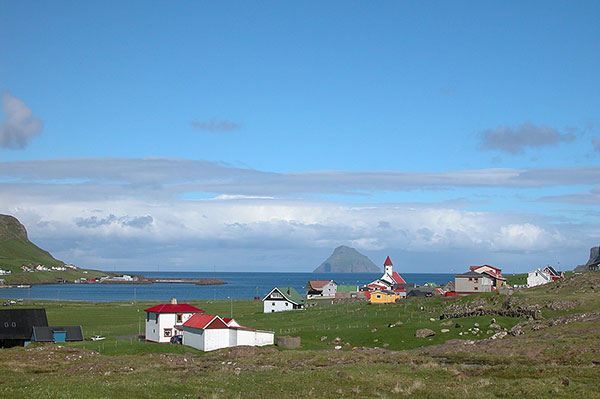
Sumba – famous for lighthouses and camping
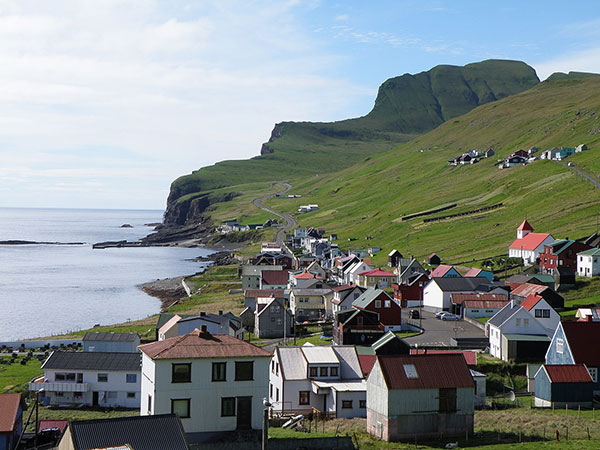
Skuvoy – famous for excavations and history
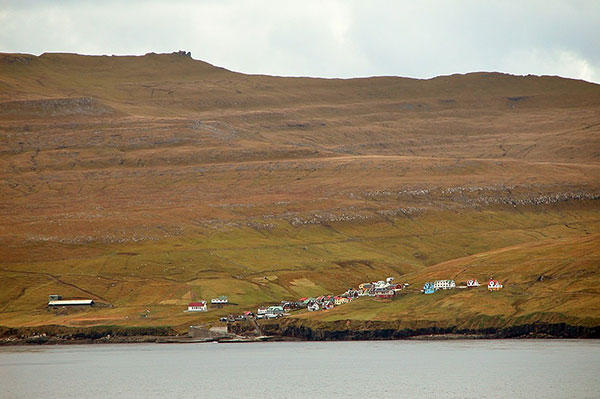
Skuvoy – historic Island and home to many seabirds
